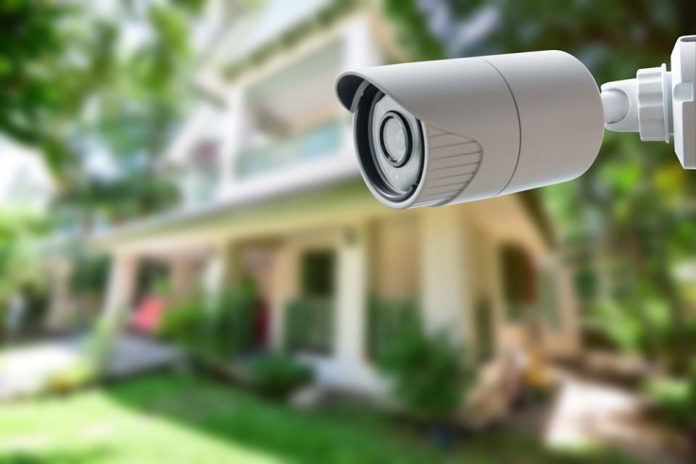Essentially, there are different types of specialized cameras in the market today that consumers can access for various purposes in their businesses apart from the popular point and shoot cameras that are commonly used in photography.
Among them is the industrial camera
An industrial camera is an indispensable imaging tool providing solutions to automotive, pharmaceuticals, mining and food sorting industries. Currently, they are being used in hundreds of industrial fields for different assorted applications.
Experts with knowledge on the camera technology are often required during the manufacturing of industrial cameras to apply proper application and implementation skills on the imaging devices for specific kinds of industry and business.
Industrial cameras are often designed to be resilient and be able to face challenges of vibrations, shocks, varying temperatures, and longtime tasks. Basically, a good camera should warrant maximal durability and reliability thereby making it suitable for use in any industry. The most common tools of applications are non-destructive testing, robotics, 3D measurements, and quality control systems among others.
Features of Industrial Cameras
The camera is available in different housing and sizes depending on the purpose for which it is to serve. From small cameras which can easily fit compact spaces that need inspection, to enormous versions, industrial cameras each industrial camera model is designed with a specific technology needed for its application. Each camera has varied options for different orientation, lens mounting, optical filters, and sensors.
With the development and evolution of software programs and solutions, Industrial cameras are currently sold with specialized software or software development kits that can be used with common operating systems that are compatible with the most frequently used third-party image processing solutions and software programs. Perfectly synchronized systems of high-performance camera systems are also used when images of one object from a number of different vantage points are a prerequisite or when 3D models need to be created from these kinds of images.
It is important to understand that the key features for a proficient industrial inspection are efficiency and productivity. In addition, you should be able to identify another feature of the high-quality industrial camera, the frame rates. A well-made industrial camera has frame rates of 400 frames per second at 4 megapixels which allows for easy control and seamless imaging, helps in slowing down or stopping which won’t deter the production process.
Lately, due to modern technologies such as CMOS, SSD, state of art interfaces and InGaAs sensors being used in industrial cameras, excellent image resolution can be easily achieved without slowing down the speed of production.
As a result of this, manufacturers are able to perform in-depth detailed and non-destructive tests effortlessly and without wasting time and money, in turn, professional cameras are able to provide super machine vision which is beyond the visible spectrum.
Another form of an advanced industrial camera is the infrared industrial camera which allows for imaging through silicon items in the semiconductor industry. Additionally, it detects defects in photo-voltaic cells in the solar industry as well as identifying plastic materials in the recycling industries.
Metal and glass industries use a specific type of camera known as the thermal imaging industrial camera which can monitor the temperatures of the objects.
Advancements in technologies have led to the emergence of better and more powerful cameras with enhanced features like the Gigabit Ethernet which has incredible data rates and frame rates. Such modern industrial cameras are used in the military and telecommunication industries. Among other systems that need specialized applications in cameras since they are able to provide excellent and speedy performance without jitter, dormancy or any CPU application problems which conventional cameras do not have.
Understanding CCD and CMOS
Before making a decision on the choice of sensors for your industrial camera, it is vital to have knowledge about CCD and CMOS and understand their main differences to be able to pick the best option that suits your needs.
Charged coupled devices imaging sensors (CCD), which are commonly used in industrial cameras used for inspection and quality control by capturing light and transferring it to digital data which is converted into an image, are suitable for capturing still or moving objects while Complementary metal oxide semiconductor (CMOS) is a technology used in electrical devices and integrated circuits like the smartphone cameras.
The main factor which differentiates the two types of sensors is the mode of manufacturing, cost, and effectiveness. While CMOS sensors are cheaper to make and more power efficient, CCD sensors, on the other hand, require special manufacturing skills making it a more expensive option. In addition, the quality of CCD is much higher and also, it’s light sensitive thus delivering crisp clear images with little or no noise.
With technological advancements, however, CMOS image sensors are power efficient, faster and can deliver better images with less noise making them more popular due to their cost effectiveness and power efficiency.
Generally, compared to CCD sensors which have been in the market for quite some time, CMOS sensors have advanced pretty quickly and taken over CCD sensors as a preferred choice for industrial cameras although they are fairly new.
In conclusion, industrial cameras have become essential tools for control, monitoring, safety and testing various industries since they serve a lot of purposes in addition to saving time and money. And with the wide varieties of industrial cameras available, you can always get the best option that best suits the needs of your business.

